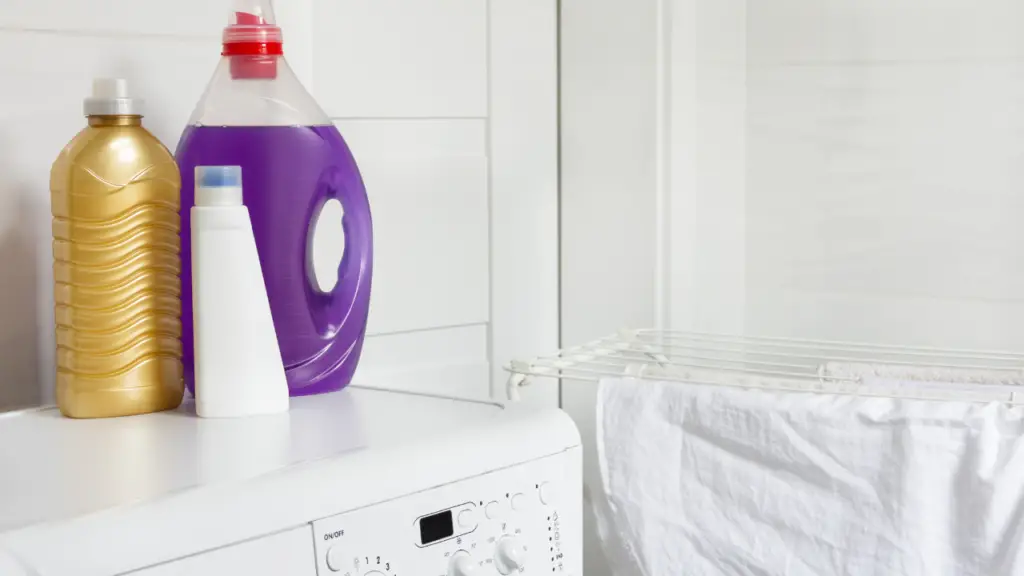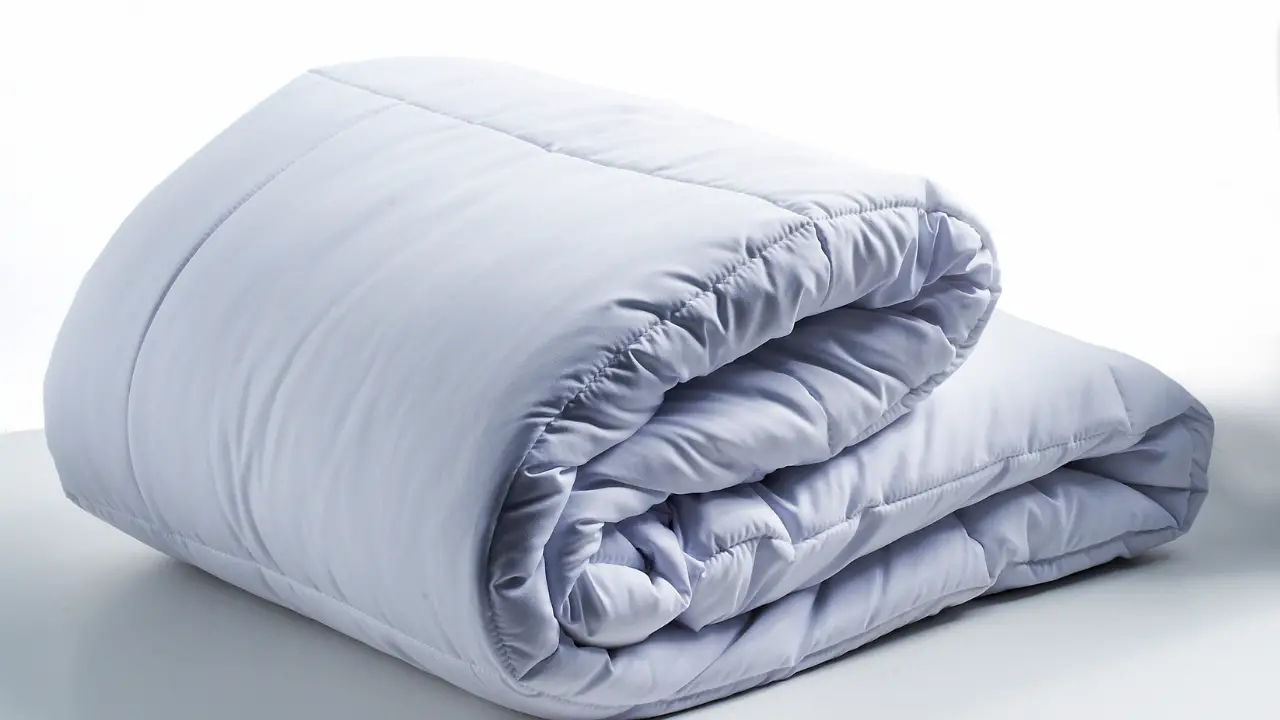A synthetic-filled duvet is a popular bedding choice due to its affordability, durability, and hypoallergenic properties. To keep your synthetic-filled duvet clean and fresh, regular washing is essential. However, it’s important to follow the correct techniques to ensure the duvet maintains its loft and comfort. In this article, we will provide you with tips and techniques on how to wash a synthetic-filled duvet effectively and safely.
Table of Contents
Synthetic-Filled Duvets
Synthetic-filled duvets are made from polyester or other synthetic materials that mimic the properties of natural down. They offer a lightweight and hypoallergenic alternative to down-filled duvets. Synthetic fillings are typically more resilient and easier to care for, making them suitable for machine washing.
Checking the Care Label
Before washing your synthetic-filled duvet, carefully read and follow the care instructions provided on the duvet’s label. The care label will provide specific guidelines regarding washing temperature, detergent recommendations, and any additional precautions to take.
Preparing for Washing
Assess the size of your duvet: Determine whether your washing machine is large enough to accommodate the duvet. An overcrowded machine may not effectively clean the duvet or lead to uneven drying.
Remove the duvet cover: If your duvet has a removable cover, take it off and wash it separately according to the manufacturer’s instructions. This will ensure thorough cleaning and prevent any damage to the duvet cover or the duvet itself.
Check for any damages or tears: Before washing, carefully inspect the duvet for any damages or tears. Repair any small tears using a needle and thread to prevent further damage during the washing process.
Washing the Duvet

- Select the appropriate washing machine settings: Set your washing machine to a gentle or delicate cycle with cold or lukewarm water. Avoid using hot water, as it can damage the synthetic filling.
- Use a mild detergent: Choose a mild detergent specifically formulated for synthetic fabrics. Avoid using bleach or fabric softeners, as they can degrade the synthetic filling and affect its loft and comfort.
- Add additional rinsing cycles: To ensure all detergent residue is removed from the duvet, add an extra rinse cycle or two. This will help maintain the duvet’s fluffiness and prevent any potential skin irritations from detergent residue.
- Avoid excessive agitation: During the washing cycle, minimize agitation by selecting a gentle or delicate setting. Aggressive agitation can cause the synthetic filling to clump together and lose its loft.
Drying and Fluffing
- Gently squeeze out excess water: After the washing cycle is complete, carefully squeeze out excess water from the duvet. Avoid wringing or twisting the duvet, as this can damage the filling.
- Air drying or machine drying: Synthetic-filled duvets can be air dried or machine dried, depending on the care label instructions. If machine drying, select a low heat or delicate cycle to prevent overheating and damage to the filling.
- Add dryer balls or clean tennis balls: To help restore the duvet’s loft and prevent clumping, add a few clean dryer balls or tennis balls to the dryer. The balls will help fluff up the duvet during the drying process.
- Regularly check for dryness: Check the duvet periodically during the drying process to ensure it is drying evenly and completely. If needed, extend the drying time or switch to air drying to avoid overheating.
Additional Tips for Caring for a Synthetic-Filled Duvet
- Use a duvet cover: To protect your duvet from stains, dirt, and dust, always use a removable duvet cover. This will also make cleaning and maintenance easier.
- Regularly air out the duvet: Once every few months, air out your duvet by hanging it outside on a sunny day. This helps freshen up the duvet and eliminate any trapped odors.
- Spot clean stains: If you notice any stains on your duvet between washes, spot clean them using a mild detergent and a soft cloth or sponge.
- Store the duvet properly: When not in use, store your duvet in a breathable storage bag or a cotton pillowcase. Avoid compressing the duvet for extended periods, as it can affect its loft.
Conclusion
Washing a synthetic-filled duvet doesn’t have to be a daunting task. By following the tips and techniques provided in this article, you can effectively clean and maintain your synthetic-filled duvet, ensuring it remains clean, fresh, and comfortable for years to come. Remember to check the care label, use appropriate washing settings and detergents, and take extra care during the drying process to preserve the duvet’s loft and softness.
Frequently Asked Questions
Can I wash a synthetic-filled duvet in a regular washing machine?
Yes, most synthetic-filled duvets are suitable for machine washing. However, always check the care label for specific instructions and recommendations.
Can I use fabric softener when washing a synthetic-filled duvet?
It is best to avoid fabric softeners, as they can reduce the duvet’s fluffiness and affect its performance. Opt for a mild detergent formulated for synthetic fabrics instead.
How often should I wash my synthetic-filled duvet?
The frequency of washing depends on individual needs and usage. However, it is recommended to wash a synthetic-filled duvet every 6 to 12 months or as needed.
Can I dry my synthetic-filled duvet in a dryer?
Yes, synthetic-filled duvets can be dried in a dryer. Use a low heat or delicate cycle and add dryer balls or clean tennis balls to help restore the duvet’s loft.
What should I do if my duvet clumps after washing?
If clumping occurs, gently shake and fluff the duvet after it is completely dry. This will help redistribute the filling and restore its original shape.




